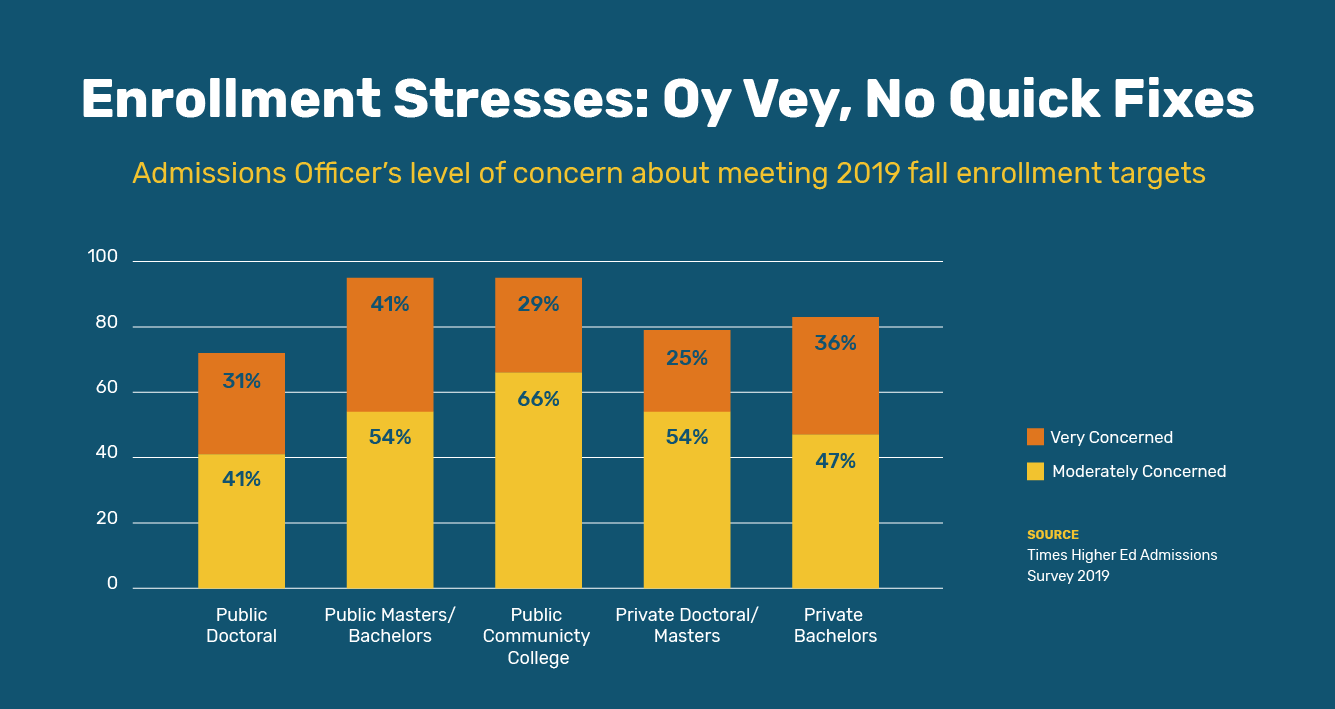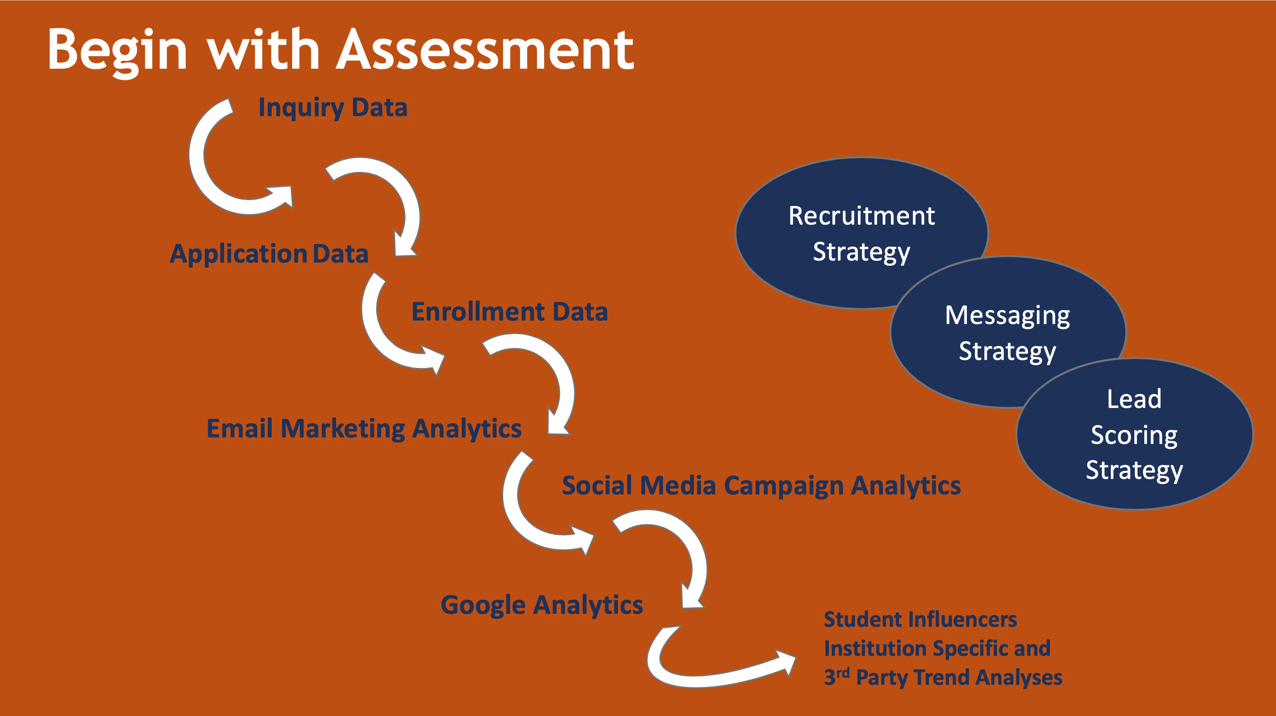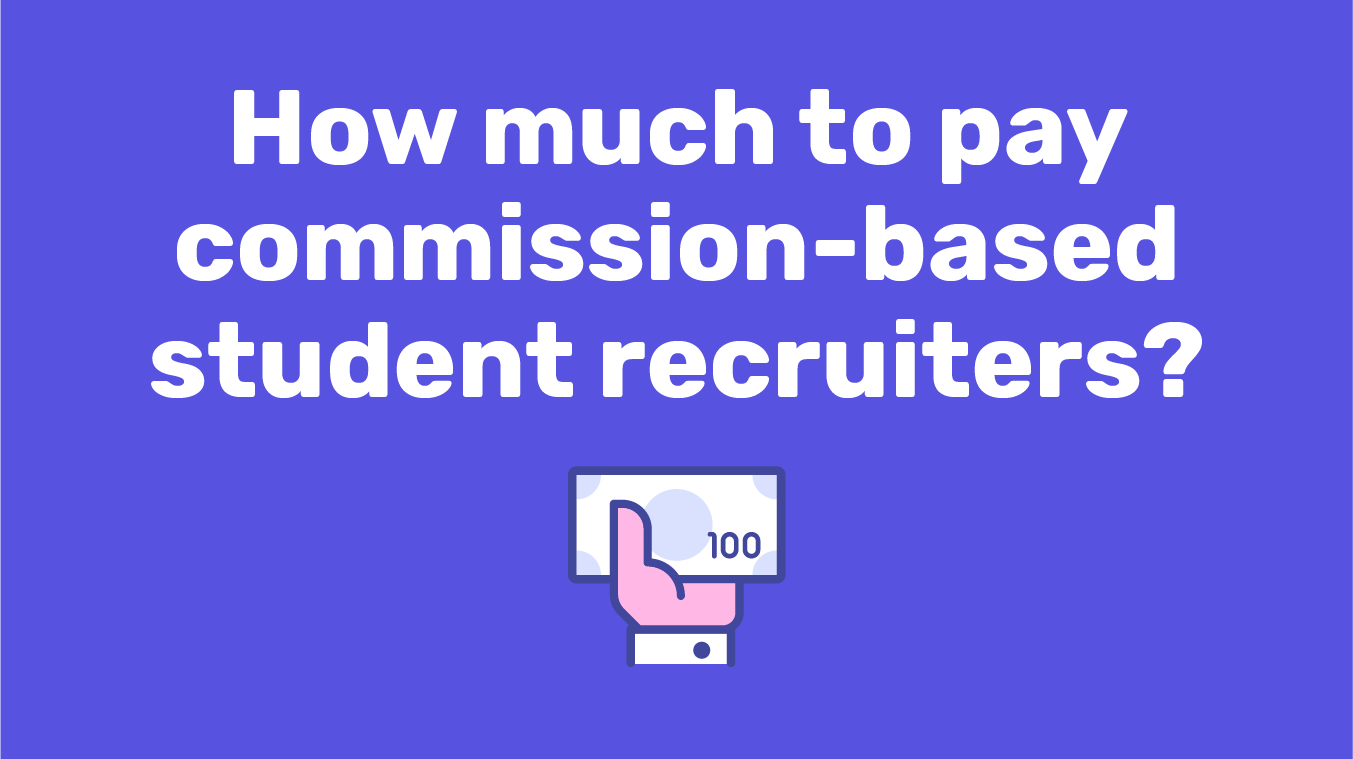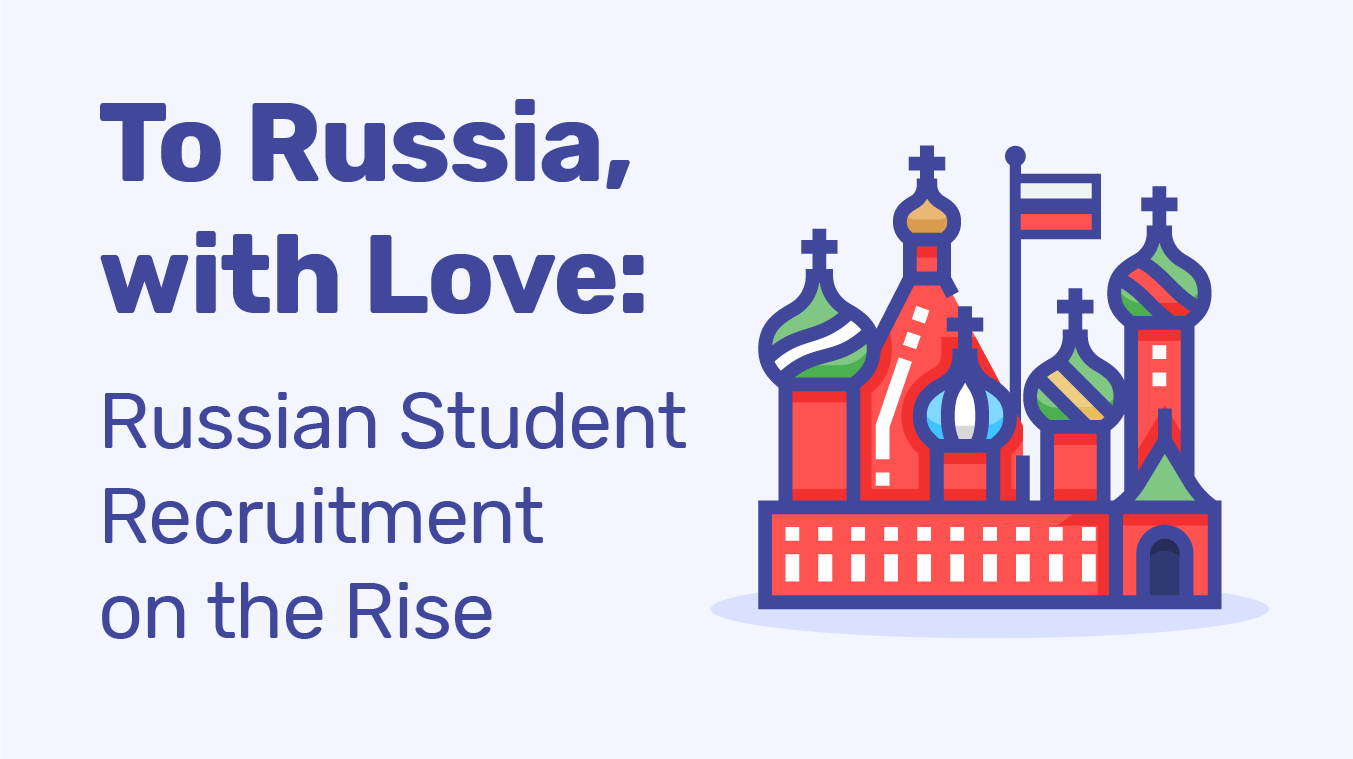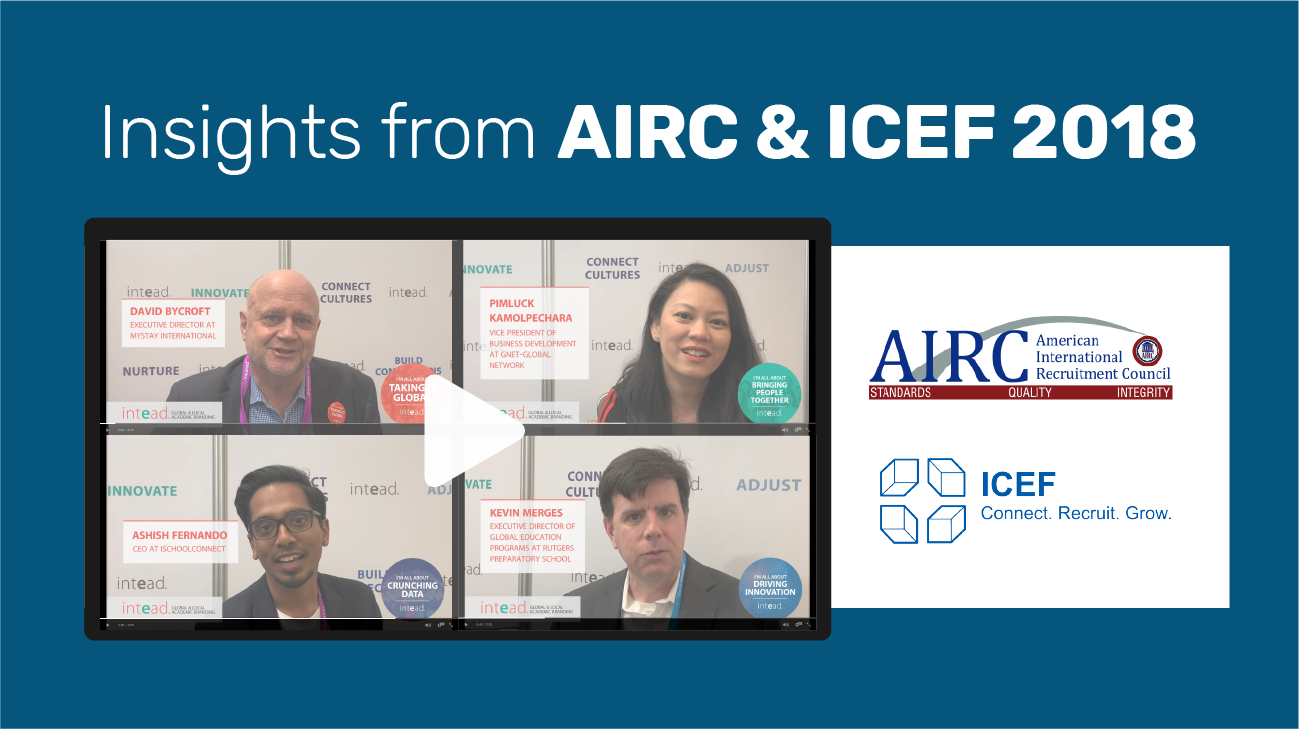I’m here at the Society for Neuroscience annual conference with nearly 28,000 of my best friends who all REALLY appreciate nerd humor. They are wicked smart and doing things that make all of our lives so much better. It's all about the science.
This is a collection of very studious folks from all over the world. More than 40% of SfN’s ~37,000 members hail from countries beyond US borders. And when they all gather to discuss their science, they are representing academic institutions and other research-focused entities from just about everywhere.
Among them are Principal Investigators, post-docs, grad and undergraduate students. And they represent all those institutions where the next set of neuroscience graduates will one day work. Yes, research leads to careers.
There is so much youthful energy here. So many students developing their careers alongside luminaries in the field.
Sitting in on neuroscience lectures is far different than the digital marketing sessions I usually participate in. Soon, I'll be applying my cortex and synaptic activity to student recruitment marketing again -- a much more familiar topic ; -)
This December, the Intead team will be attending the TABS conference on private boarding high schools, ICEF North America and AIRC all about international student recruitment. We hope you will find time to escape your desk and breakroom and join us. We will learn together and improve together. Send us an email if you’d like to find time for a coffee together.
Read on to download our Intead Index on conferences in our field. We’d welcome your input as this index needs updating. Where do you find value when you attend an industry conference? Please let us know by adding to the comments below.
Read More

